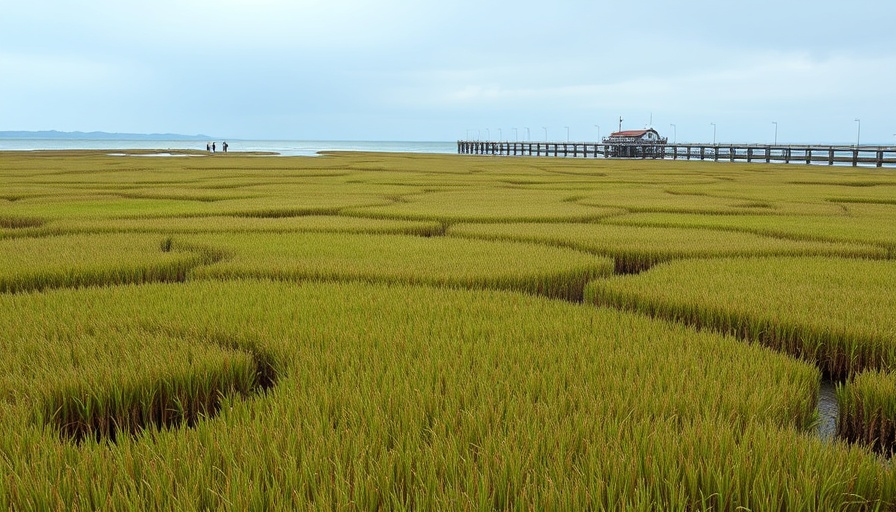
Adapting to Change: The Need for a Rights-Based Energy Transition
In the face of the intensifying climate crisis, the urgent call from UN special rapporteur Elisa Morgera for a rights-based energy transition resonates deeply with eco-conscious individuals. The need to phase out fossil fuels while simultaneously protecting human rights and environmental integrity is becoming increasingly critical in discussions about sustainable living.
Understanding the Implications of Fossil Fuel Dependency
The extraction and use of fossil fuels have long been under scrutiny for their role in exacerbating climate change and harming local communities. Morgera emphasizes that transitioning to renewable energy sources must not come at the expense of the vulnerable populations who often bear the brunt of resource extraction. It's crucial to adopt a holistic approach that intertwines climate action with human rights considerations.
The Role of Critical Minerals in Renewable Energy
As we shift towards renewable energy sources like solar and wind power, the extraction of critical minerals becomes a point of contention. These minerals are needed for the production of solar panels and batteries. However, Morgera warns that mining these resources can lead to the same human rights abuses currently associated with fossil fuel extraction. As such, it’s vital to ensure that the rights of communities are prioritized in all aspects of this transition.
Climate Governance and Its Impact on Communities
Effective climate governance is necessary to ensure that the benefits of renewable energy do not come with hidden costs. Our approach to climate action must emphasize inclusivity and social justice to prevent the marginalization of affected communities. By fostering dialogue among all stakeholders, including indigenous groups, we can ensure that their voices are heard and integrated into the decision-making process.
Actionable Insights for Sustainable Living
As individuals and businesses contemplate their impact on the environment, there are several actionable insights that can lead to a more sustainable lifestyle. Embracing renewable energy sources, reducing plastic pollution, and prioritizing sustainable agriculture not only help the planet but also support communities and their rights. Eco-friendly products, such as organic goods and sustainably sourced items, play a significant role in limiting one’s carbon footprint while advocating for social responsibility.
Future Predictions: Climate Action and Human Rights
Looking ahead, the pathway to a sustainable future is fraught with challenges, but it also presents immense opportunities. As more individuals adopt eco-conscious lifestyles and businesses implement sustainable practices, a shift towards a green economy can occur. Morgera’s reports advocate for this transformation by highlighting the direct link between climate policies and human rights, paving the way for future generations to thrive.
The Importance of Community Involvement
Community gardens, local conservation efforts, and sustainable jobs represent a future where society prioritizes both ecological and human well-being. By participating in these initiatives, individuals can contribute meaningfully to the collective movement towards a sustainable and just society. Engaging in practices like composting, upcycling, and responsible consumption can effectively combat environmental degradation while fostering community solidarity.
In conclusion, the intricate balance of protecting human rights while transitioning to renewable energy is vital in addressing climate change effectively. As members of an increasingly eco-conscious community, we must advocate for policies that reflect these principles and support initiatives that prioritize both environmental stewardship and social equity.
 Add Row
Add Row  Add
Add 



Write A Comment